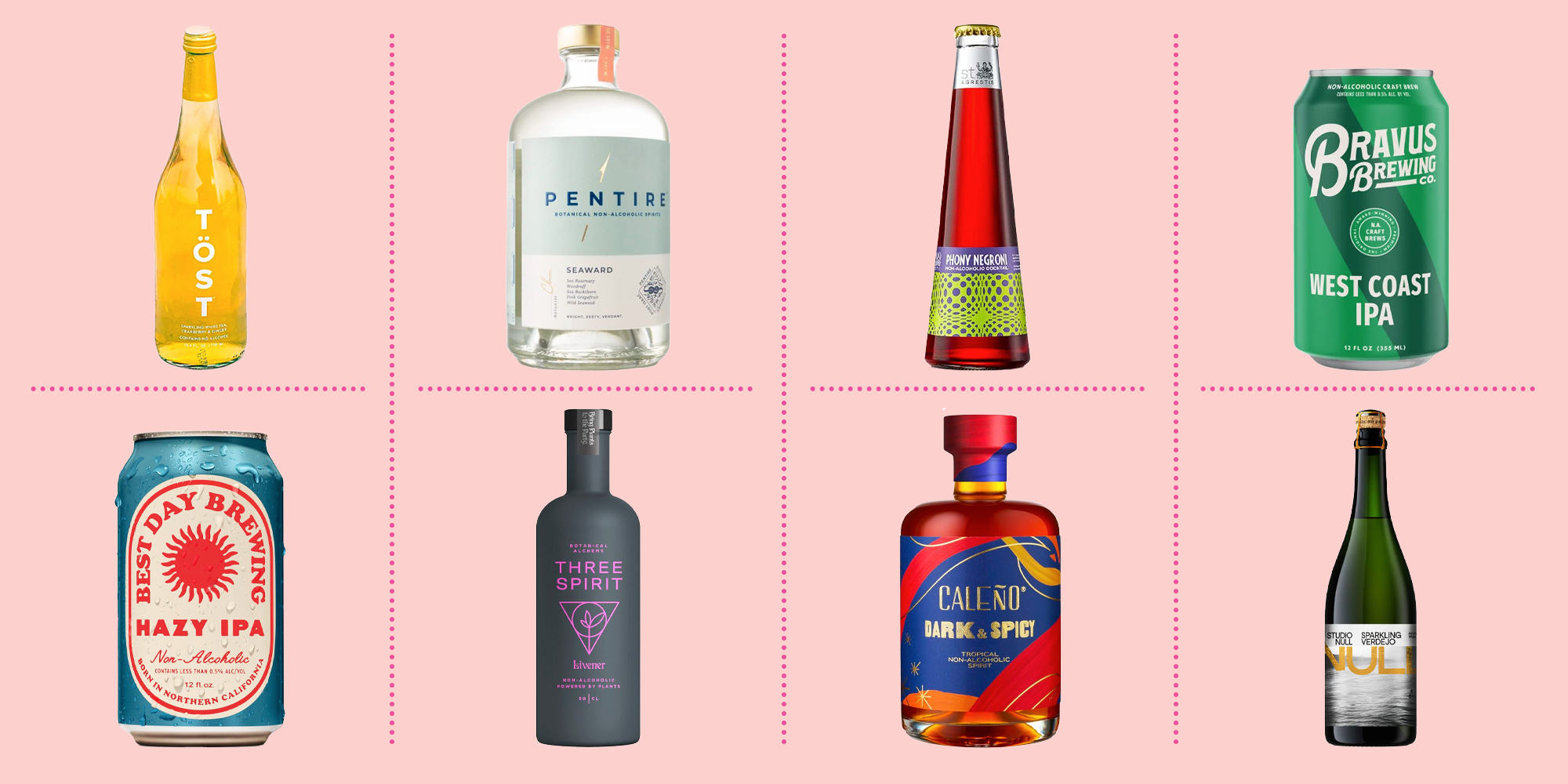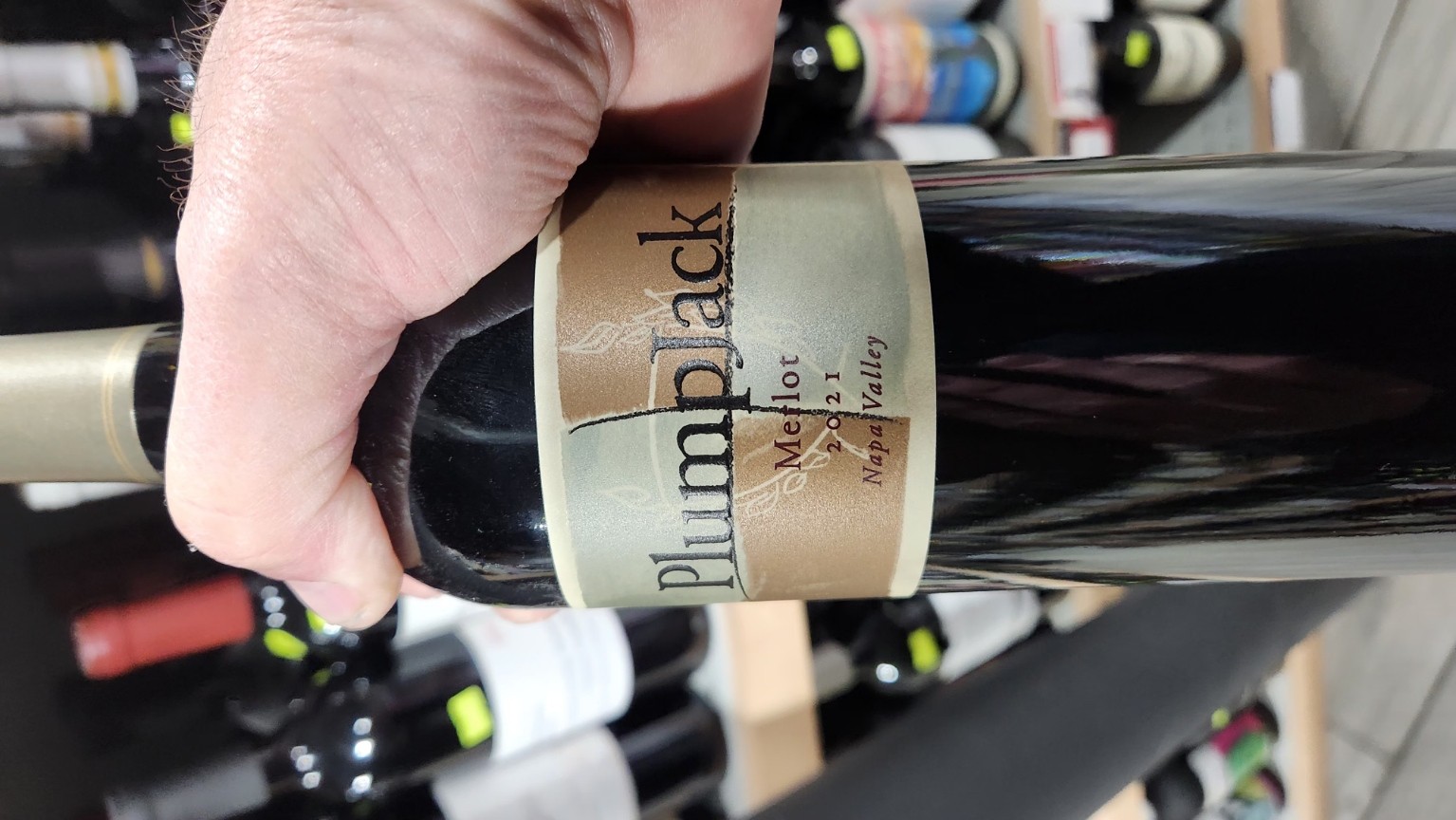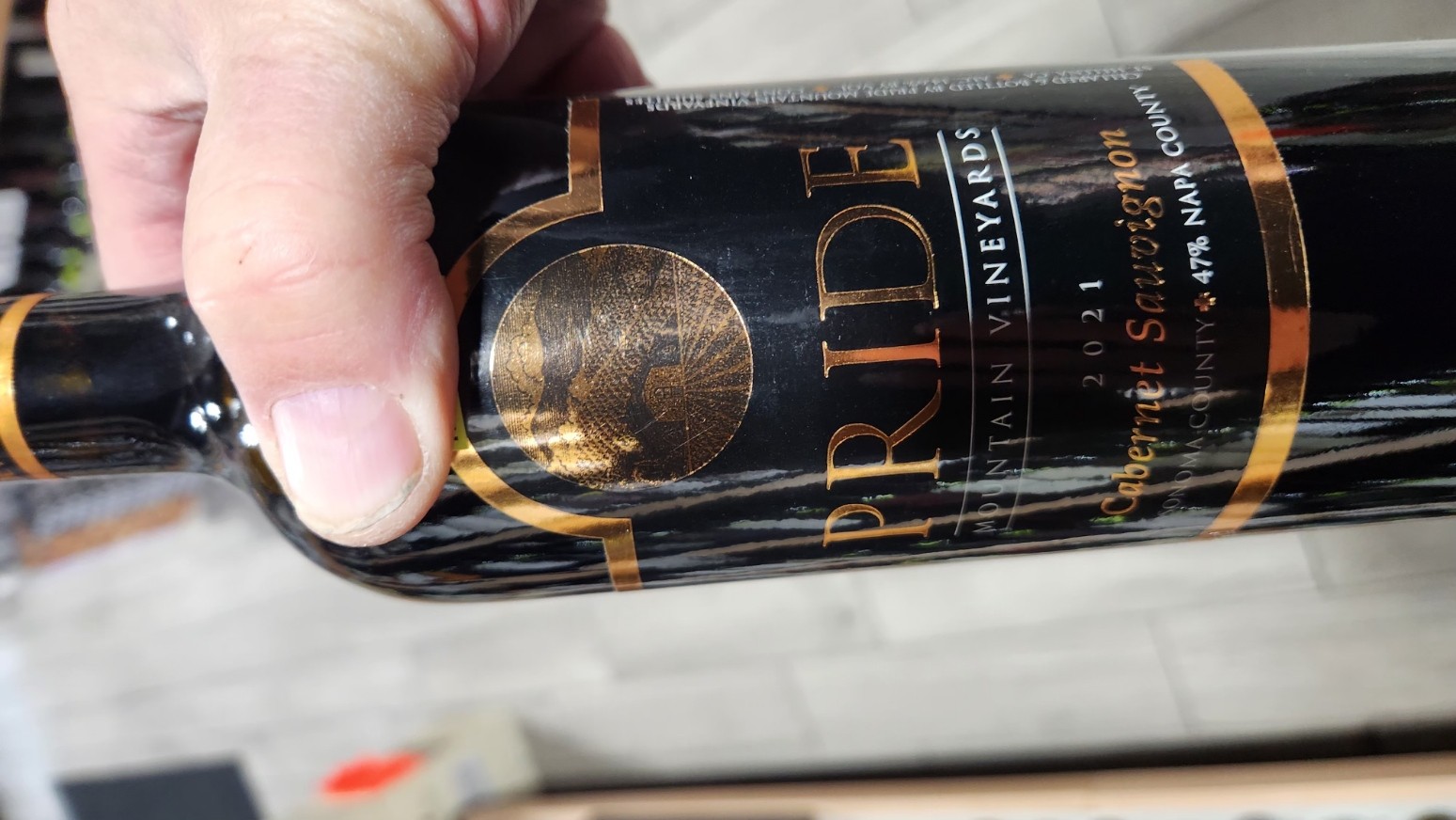The Dry Revolution: Why the Smart Money (and Even Smarter Drinkers) Are Betting on No- & Low-Alcohol Beverages
Let’s get one thing straight: this isn’t your mother’s Shirley Temple. We’re in the middle of a seismic shift — not just in how people drink, but why they drink. Step into any trendy bar in San Francisco’s Mission District or Portland’s Pearl, and you’ll find something fascinating: adults lined up not for another IPA or barrel-aged bourbon, but for a “brain-boosting ashwagandha spritz” or a “smoked kava-lime sour.” No alcohol. Big price tag. Packed house. Something deeper is going on here.
From “Sober Curious” to “Sober Serious”
Once dismissed as a fad for wellness bloggers and January detoxers, the no- and low-alcohol category is now one of the most disruptive forces in the beverage industry. Market projections suggest this segment will grow at a compound annual rate of ~4% through 2028 — potentially adding billions to the global drinks business. This is no longer a fringe movement; it’s a strategic megatrend.
Why? Because consumers — especially Millennials and Gen Z — aren’t just thinking about taste. They’re thinking about tomorrow. Hangovers kill productivity. Drinking on Zoom hurts your personal brand. And health is the new luxury flex. The biggest revelation: people aren’t abstaining less — they’re drinking differently. They still want an adult beverage ritual, just without the booze… or consequences.
Follow the Money (and the Menu)
The data is staggering:
- According to Exploding Topics, search interest around “mocktails” is up over 200% in just two years.
- San Francisco Chronicle reports a 60% increase in NA sales across high-end bars in their metro area alone.
- Zappi consumer testing shows functional beverage concepts with adaptogens like kava, L-theanine, and ashwagandha now outperform traditional flavored sodas and even kombucha in blind desirability studies.
Even legacy alcohol players have taken notice. Diageo snapped up a majority stake in Seedlip. Heineken is plowing ad dollars behind its 0.0 SKU like it’s the next Super Bowl champion. Newer players like De Soi (Katy Perry-backed) and Kin Euphorics are positioning themselves not as alcohol alternatives — but as “elevated social tonics.” In other words, they’re not replacing alcohol… they’re replacing the reason people drank in the first place.
Culture Shift: No Booze, All Vibe
This category isn’t growing because people suddenly became Puritans. It’s growing because the concept of “fun” has evolved. Today’s consumer wants:
- Flavor complexity: Smoke, bitters, acids, and depth, not syrups and juice.
- Functional payoff: Calm from kava, clarity from lion’s mane, mood boost from maca.
- Social ritual: Something to sip that feels intentional — ceremonial, even.
And don’t look now, but this trend is global. Mexico City, Berlin, Singapore, Melbourne — all boasting concept bars built entirely around zero-proof programs. We’re watching a world where alcohol is no longer the gatekeeper to adulthood — experience is.
The Takeaway
This is not about “less.” It’s about different. Different values, different outcomes, different expectations from what we consume. In my opinion, the non- and low-alcohol category is about to go through the same thing craft beer did in 2011 — explosive growth, premiumization, tribal loyalty, and category-defining cult brands. Smart operators won’t treat these products as “alternatives,” but as central to the future of hospitality and retail beverage.
The dry revolution isn’t just evening out the playing field. It’s changing who’s keeping score.










